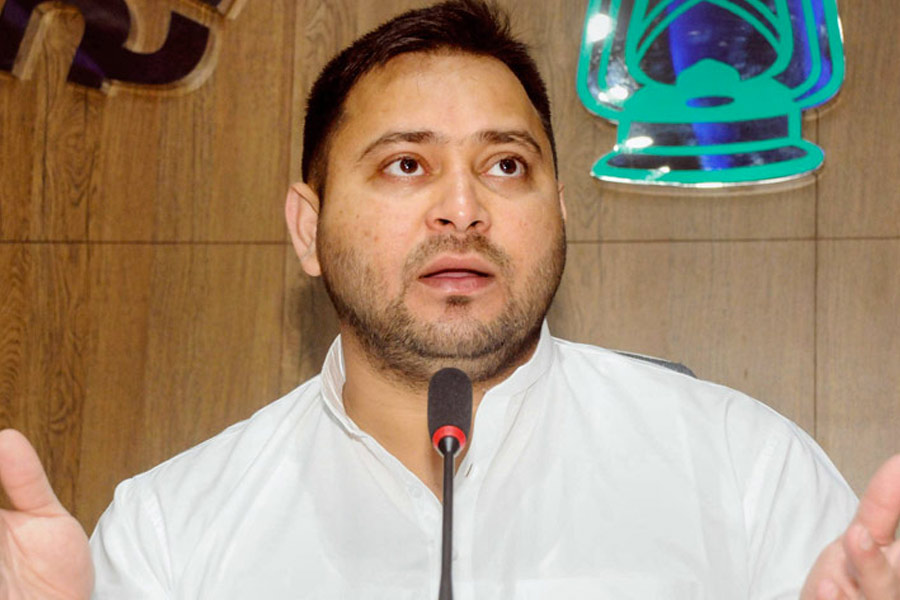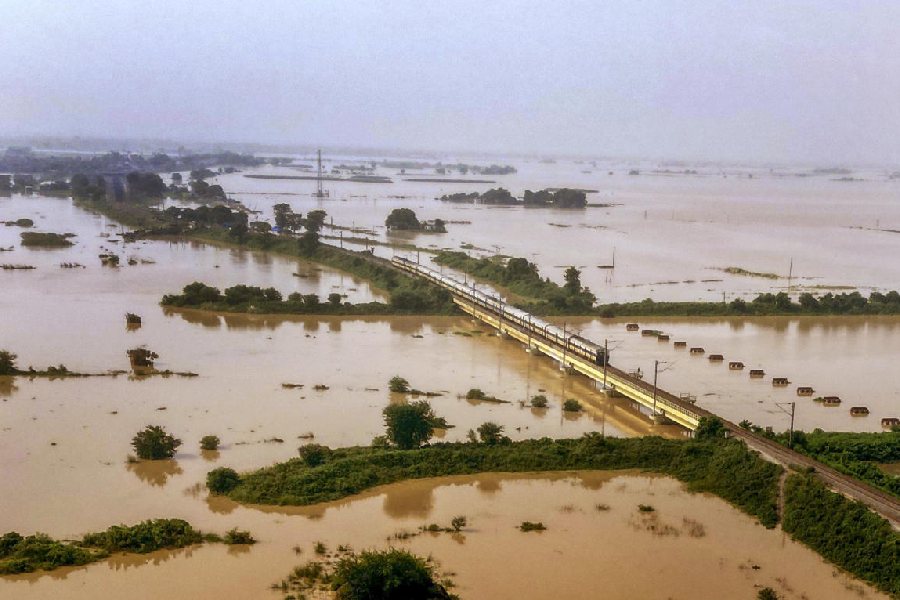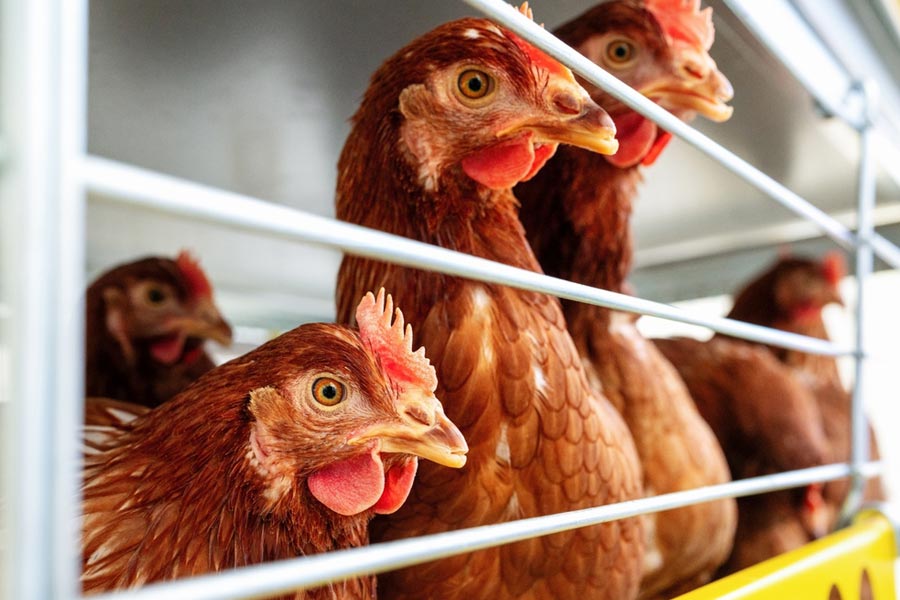The Opposition meeting in Patna on Friday is not expected to yield a concrete action plan, its main objective being to break the ice and assess who is willing to cede how much to help forge a united front against the BJP.
That bitter rivals have overcome mutual suspicion and decided to sit together and carve out a common programme is being interpreted as a willingness to sacrifice for the larger cause of Indian democracy. But the hurdles can’t be just wished away.
The Aam Aadmi Party has resorted to pressure tactics at the outset, setting a precondition for attending the meeting. It has asked the Congress to support its stand on the central ordinance that undermines the Delhi government’s powers.
The Congress, which has already declared that it would finalise its stand in Parliament when the ordinance comes up, sees this as blackmail.
A senior leader told The Telegraph: "Arvind Kejriwal should understand that solidarity is not forged by dictating terms. Everybody has to work in the spirit of accommodation and show patience. Bullying tactics won’t help."
Another irritant has come from BSP leader Mayawati, who has anyway not been invited to the meeting.
Arguing that neither the BJP nor the Congress is capable of honestly implementing the Constitution, Mayawati said: “The meeting called by Nitish Kumar in Patna to unite the Opposition is like 'Dil mile na mile haath milate rahiye (Keep shaking hands even if there’s no meeting of hearts)'.”
She asked these parties to look within and cleanse their intentions first.
Mayawati, a crucial player in Uttar Pradesh which sends 80 members to the Lok Sabha, alleged the unity plan hadn’t taken the heartland state seriously, appearing to air her own frustration at not being given much importance.
The BSP chief has been supportive of the BJP for the last few years, which has led to a trust deficit with the Opposition camp.
Sources said Friday’s meeting may see senior Opposition leaders reaffirm their willingness to walk the extra mile to build a formidable challenge to the Narendra Modi government during next year’s general election.
Although the broad contours of seat distribution may be discussed, the details of this most complex aspect of the negotiations may be left for later meetings. The leaders are likely to identify common grounds and actionable points to be able to at least issue a joint statement.
While the Congress is assured about its alliances in Maharashtra, Tamil Nadu, Bihar, Kerala and Jharkhand, it won’t cede much ground in Karnataka, Madhya Pradesh, Rajasthan, Telangana, Chhattisgarh or Haryana. That leaves Bengal, Uttar Pradesh, Gujarat, Odisha, Assam, Delhi, Punjab, Andhra Pradesh, Goa and the northeastern states where new coalitions may emerge.
These are states where negotiating skills and compromises will be crucial.
While Naveen Patnaik’s BJD is determined to go solo in Odisha, the TDP and the YSR Congress are unwilling to join the Opposition camp in Andhra Pradesh.
In Bengal, the Congress and the Left are unlikely to split, which makes an alliance with Trinamul very difficult.
Any united front against the BJP in Bengal would qualify as a political miracle; so would any understanding between the Congress and the AAP in Delhi and Punjab.
Gujarat falls in the same category but the local units of the Congress and the AAP aren’t that hostile there. An alliance is possible between the AUDF and the Congress in Assam.
That leaves the crucial state of Uttar Pradesh, where Akhilesh Yadav’s Samajwadi Party has already sounded a call for “Assi harao, BJP bhagao (Oust the BJP by defeating it in all the 80 seats).”
While the BSP has taken a complex stand, the SP appears to want complete dominance and has shown little willingness to accommodate the Congress.
It’s impossible for the Congress to withdraw from the Uttar Pradesh contest, and a multi-cornered fight looks inevitable. The influence of veterans like Sharad Pawar and Mamata Banerjee can be useful in persuading Akhilesh to make room for the Congress.
The regional parties want the Congress to concede more seats to them. But the Congress, which has contested more than 400 seats in every election, is unwilling to vacate much space.
The party contested 421 seats in 2019 and will not forgo more than 40 to 50 seats. The objective of having one-to-one contests in around 400 seats looks impossible for now, and even 300 such contests will be an achievement.












